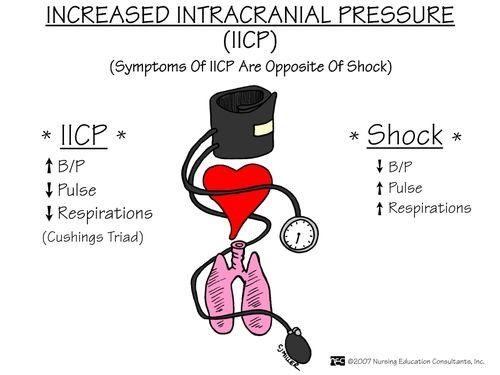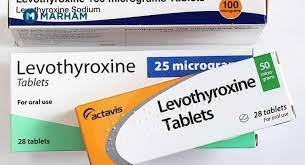A nurse is caring for a child who is having a tonic-clonic seizure and vomiting. Which of the following actions is the nurse's priority?
Place a pillow under the child's head.
Clear the area of hazards.
Position the child side-lying
Loosen restrictive clothing
The Correct Answer is C
A. Place a pillow under the child's head.
Explanation: While providing comfort is important, the priority in this scenario is to ensure the child's safety. Placing a pillow under the head can be considered after addressing immediate safety concerns.
B. Clear the area of hazards.
Explanation: Correct Choice. Ensuring the area is clear of hazards is the nurse's priority. During a seizure, the child can experience uncontrolled movements, and having hazards around can lead to injuries. Clearing the area helps prevent harm. But priority is to position the child side lying.
C. Position the child side-lying.
Explanation: Correct Choice. Placing the child in a side-lying position helps prevent choking and aspiration due to vomiting during the seizure. It also minimizes the risk of airway obstruction and helps manage secretions.
D. Loosen restrictive clothing.
Explanation: While loosening restrictive clothing can facilitate breathing, the priority in this situation is addressing safety concerns related to the seizure and vomiting. Ensuring a clear and safe environment takes precedence.
Nursing Test Bank
Naxlex Comprehensive Predictor Exams
Related Questions
Correct Answer is C
Explanation

Correct Answer is A
Explanation
A. Levothyroxine
Correct Answer: Levothyroxine should be administered before breakfast.
Explanation: Levothyroxine is a synthetic thyroid hormone used to treat hypothyroidism. It needs to be taken on an empty stomach, at least 30 minutes before eating, to ensure proper absorption. Food can interfere with its absorption, especially foods containing calcium, iron, and fiber.
B. Digoxin
Incorrect Explanation: Digoxin does not need to be administered before breakfast.
Explanation: Digoxin is a medication used to treat heart conditions like congestive heart failure and atrial fibrillation. It doesn't have specific instructions regarding administration in relation to meals. It's important to administer digoxin consistently at the same time every day, but it doesn't need to be taken specifically before or after breakfast.
C. Divalproex
Incorrect Explanation: Divalproex does not need to be administered before breakfast.
Explanation: Divalproex is used to treat conditions like epilepsy and bipolar disorder. It can be taken with or without food. While taking it with food might reduce the likelihood of stomach upset, there's no requirement to take it specifically before breakfast.
D. Mycostatin Mouthwash
Incorrect Explanation: Mycostatin mouthwash is not related to breakfast timing.
Explanation: Mycostatin is an antifungal medication used to treat fungal infections in the mouth (oral thrush). Its administration is not linked to meal times. It's typically swished around in the mouth and then swallowed or spit out, depending on the specific instructions provided by the healthcare provider.

Whether you are a student looking to ace your exams or a practicing nurse seeking to enhance your expertise , our nursing education contents will empower you with the confidence and competence to make a difference in the lives of patients and become a respected leader in the healthcare field.
Visit Naxlex, invest in your future and unlock endless possibilities with our unparalleled nursing education contents today
Report Wrong Answer on the Current Question
Do you disagree with the answer? If yes, what is your expected answer? Explain.
Kindly be descriptive with the issue you are facing.
